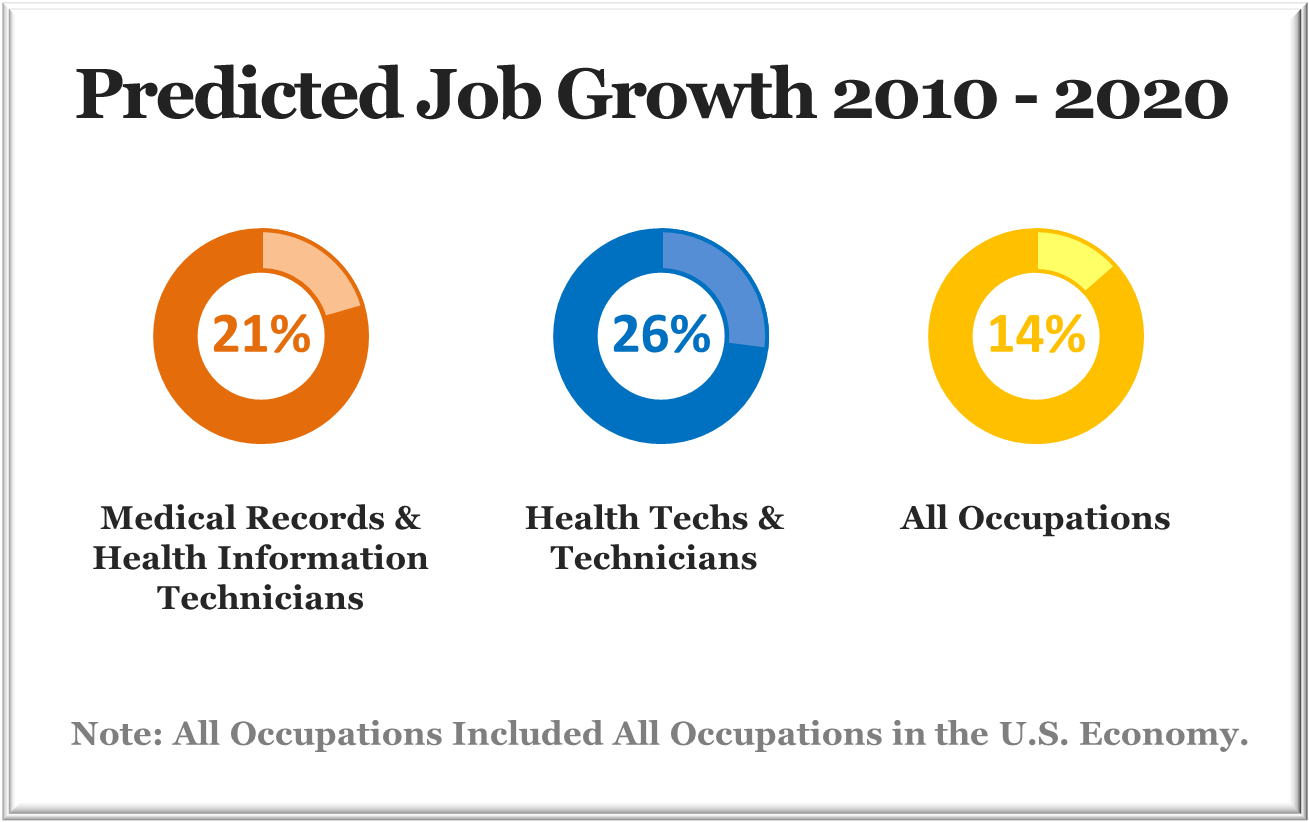Job of a coder is full of challenges, stress, and confusion. You need to be fast, accurate, and clear to be able to submit clean claims and get the reimbursement your practice deserves.

If you are new to the world of coding, you will first need to understand what the medical codes are and why you need to use them.
What is Medical Coding?
Coding professionals are an important part of the medical billing process. Healthcare providers need to document every service they provide to a patient, whether in the office setting, outpatient facility, or ambulatory surgical center (ASC). On the basis of the physician’s notes, coders assign appropriate codes (CPT®, ICD, or HCPCS) for the services, and send a claim to Medicare or private insurance payers.
CPT® codes
Current Procedural Terminology codes, or more commonly known as CPT® codes, are 5-digit numeric codes. These are developed and maintained by the American Medical Association (AMA) and are used by the coders and billers to report the services—to Medicare or private insurance agencies—that a physician provides to a patient.
On the basis of the codes on the claim, insurance providers reimburse the healthcare providers for their services.
Reading through your 2013 CPT® manual, you’ll find that 2013 CPT® codes are divided into three categories:
- Category I codes: These consist of:
a) E/M (Evaluation and Management) codes: 99201–99499;
b) Anesthesia codes: 00100-01999 and 99100–99150;
c) Surgery codes: 10021–69990;
d) Radiology codes: 70010–79999;
e) Pathology & Laboratory codes: 80047–89398;
f) and Medicine codes: 90281–99199 and 99500–99607
- Category II codes: These supplemental tracking alphanumeric codes are used to measure performance. They are not compulsory to use.
- Category III codes: This category consists of temporary codes that describe latest technology, procedures, and services.
ICD-9 Codes
ICD, or International Statistical Classification of Diseases and Related Health Problems, consist of alphanumeric codes that are used to categorize diseases, and describe symptoms, diseases, and illness.
The ICD code set is updated at least once a year based on the feedback given by the providers and payers. It comprises of:
- Volume 1: A numeric list that categorizes diseases by their cause (etiology) and their analysis (anatomy).
- Volume 2: A numeric list alphabetic index that is used to find codes in Volume 1.
- Volume 3: This procedural classification has a tabular section and an index, and is used only by hospitals.
HCPCS Codes
HCPCS (Healthcare Common Procedure Coding System) Codes are also commonly used by coders to describe the service provided to a Medicare patient. These are divided into two subsystems: level I and level II of the HCPCS.
Level I codes of the HCPCS are similar to the CPT® codes, and level II consist of alpha-numeric codes and are used to report products, supplies, and services not included in the CPT® codes.
Differences Between the Three Code Sets
ICD-9 codes are similar to CPT® codes, but for the fact that the latter identifies the services provided, and the former explains the diagnosis.
Also while CPT® codes may crosswalk to HCPCS codes, but there is no equivalent for HCPCS in the ICD-9 manual.